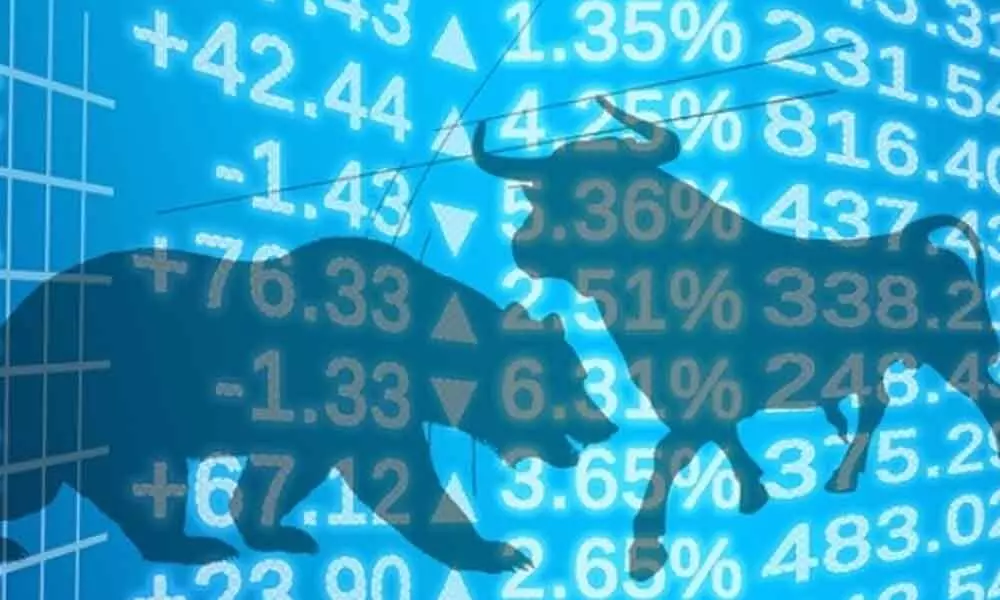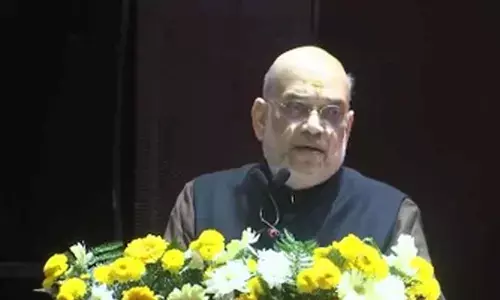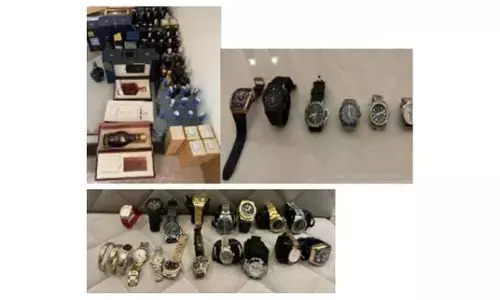Nifty closes negatively for 2nd week

Representational image
The equity market closed lower after a volatile week. The broader market indices outperformed the benchmark indices by gaining over one per cent.
The equity market closed lower after a volatile week. The broader market indices outperformed the benchmark indices by gaining over one per cent. The Nifty closed in negatively for the second week. It lost 93.75 points or 0.6 per cent and settled at 15,763. The BSE Sensex also lost 0.7 per cent. The Nifty Midcap-100 and Smallcap-100 indices advanced by 0.8 per cent and 1.1 per cent, respectively.
On the sectoral front, the Nifty Metal index gained by 7.8 per cent, followed by Media 2.4 per cent, and the IT index with 1.9 per cent. Nifty Energy index was down by 2.9 per cent, and all other sectoral indices declined by 1.2 per cent at 1.7 per cent. Foreign institutional investors (FIIs) sold Rs. 23,193.39 crore worth of shares in July, and Domestic Institutional Investors (DII) bought Rs. 18,292.92 crore. The India VIX is up by 8.84 per cent to 12.80.
The Nifty formed a Doji on a monthly candle. This is the second consecutive month that the benchmark index formed the small body or body candle. Literally, it has not moved any during the month. On a weekly chart, it formed three identical hanging man candles with lower tops and lower bottoms. It is just holding 10-week or 50 Displaced Moving Average (DMA) support. It traded in 379 points range, which is the highest weekly range in five weeks. The weekly RSI closed below the prior swing, in a negative divergence is not a good sign. Let us examine the historical long time frame charts to get the clarity on future. The current swing from March 2020 is the steepest in the history of Nifty. In just 16 months, it rose by 112.52 per cent. The prior swings of over 100 per cent took 24 months to 47 months. The 2003-2008 swing is the longest in terms of Time and price. Within this prolonged swing, 2006-2008 intermediate swing also took 19 months to rise by 145 per cent. As per the classical technical analysis, any steep trend does not sustain for a long period. It has to correct 38.2 per cent to 61.2 per cent of the prior uptrend. This is one rule alerting us not to be aggressive bullish.
The reason could be lack of positive triggers. The long rising channels target is at 17,500 levels. Before meeting this target, the Nifty have retested the channel breakout. As history shows that the, all the big rallies corrected by 38.2 per cent to 61.8 per cent, as mentioned above. Even if we consider only 38.2 corrections, it is exactly the upper channel line. So expect the correction towards 13,900-14,000 levels. The character here is time and price, which I am mentioning for the past four weeks. The Nifty was exactly at the time and price confluence. Price-wise it retraced 161.8 per cent of the prior trend, and Time wise it extended at 8. The next 5 to 6 months it needs to experience a corrective counter-trend towards 38.2 per cent retracement.
With the above observations, the probability of a correction is very high. In fact, the negative divergence in RSI present is since 2008 on the monthly chart. And importantly, it is in an overbought condition. Even if the Index moves higher than current, the up move is limited to another 300 points towards 16,150-16,240.
As long as Nifty closing below 15,915, it is better to be with a bearish bias. Only a full candle closes above the 15,915 is positive and it can test 16,150-16,240 levels. A close below 15,696 is a negative for the overall market. At the same, if the Nifty closes below the 20DMA (15,788) for two consecutive days is also a negative sign. On a weekly basis closing below 15,632 is bearish.
(The author is a financial journalist and technical analyst. He can be reached at [email protected])
















